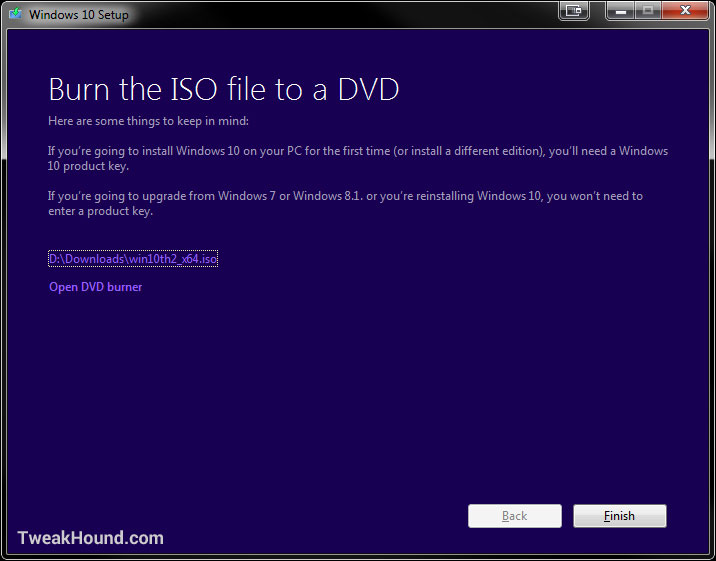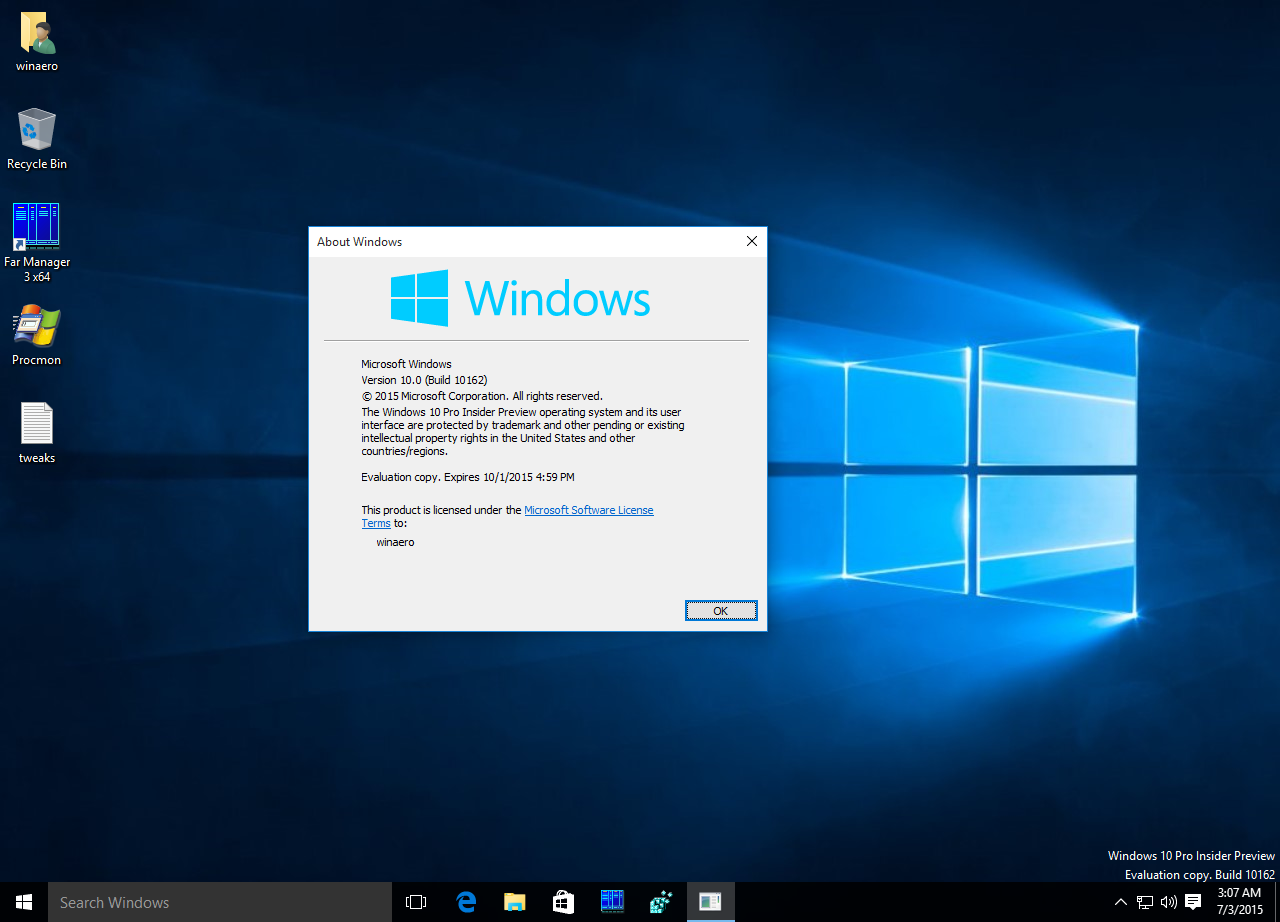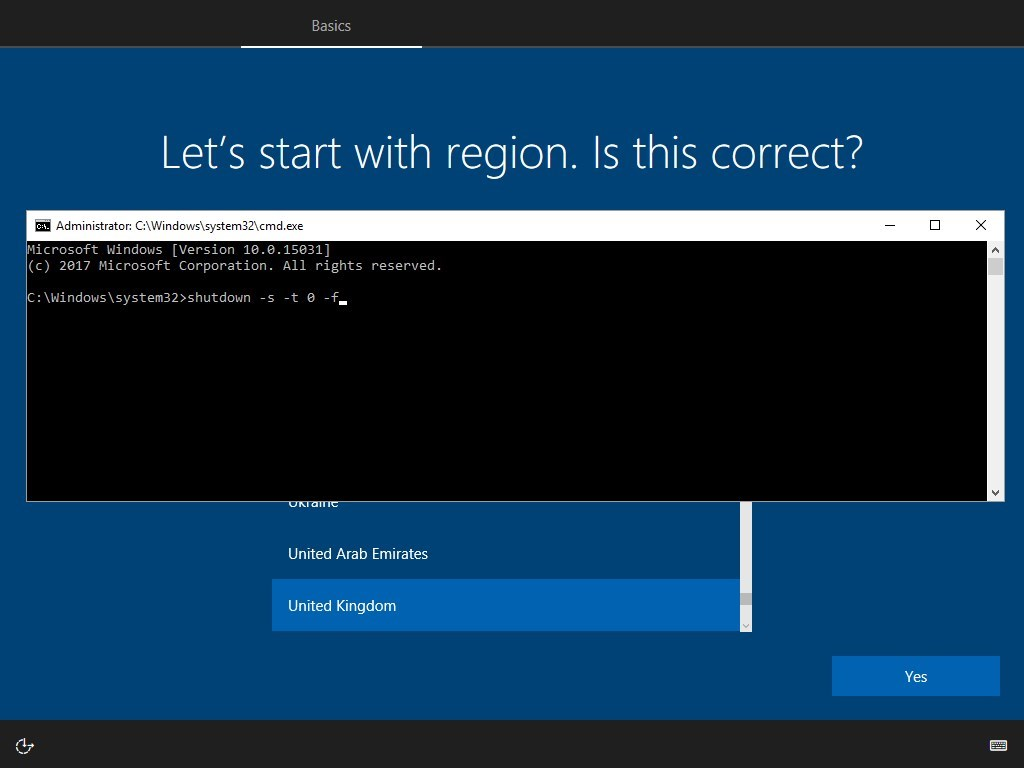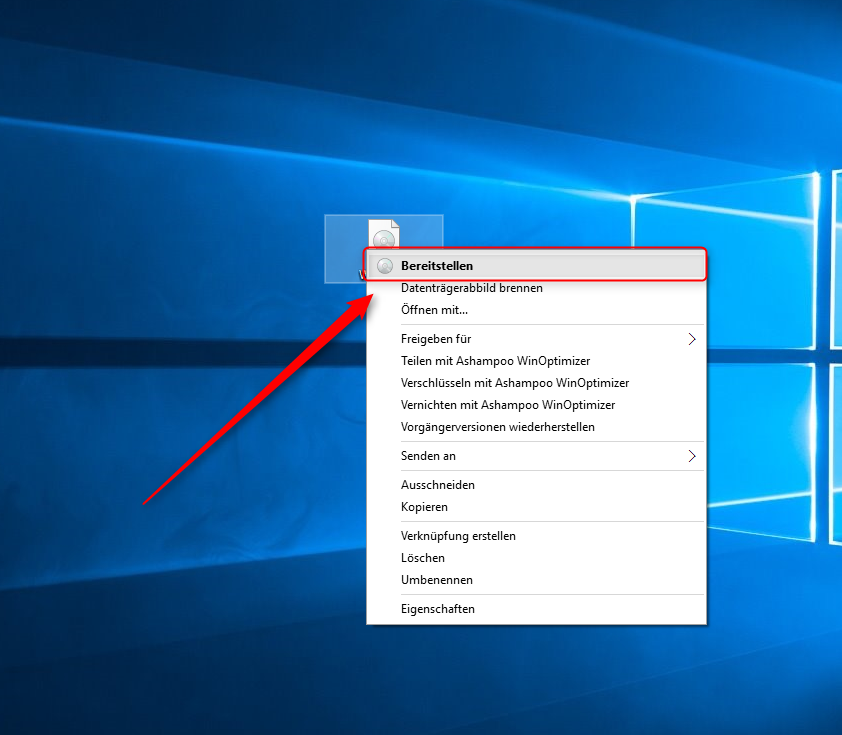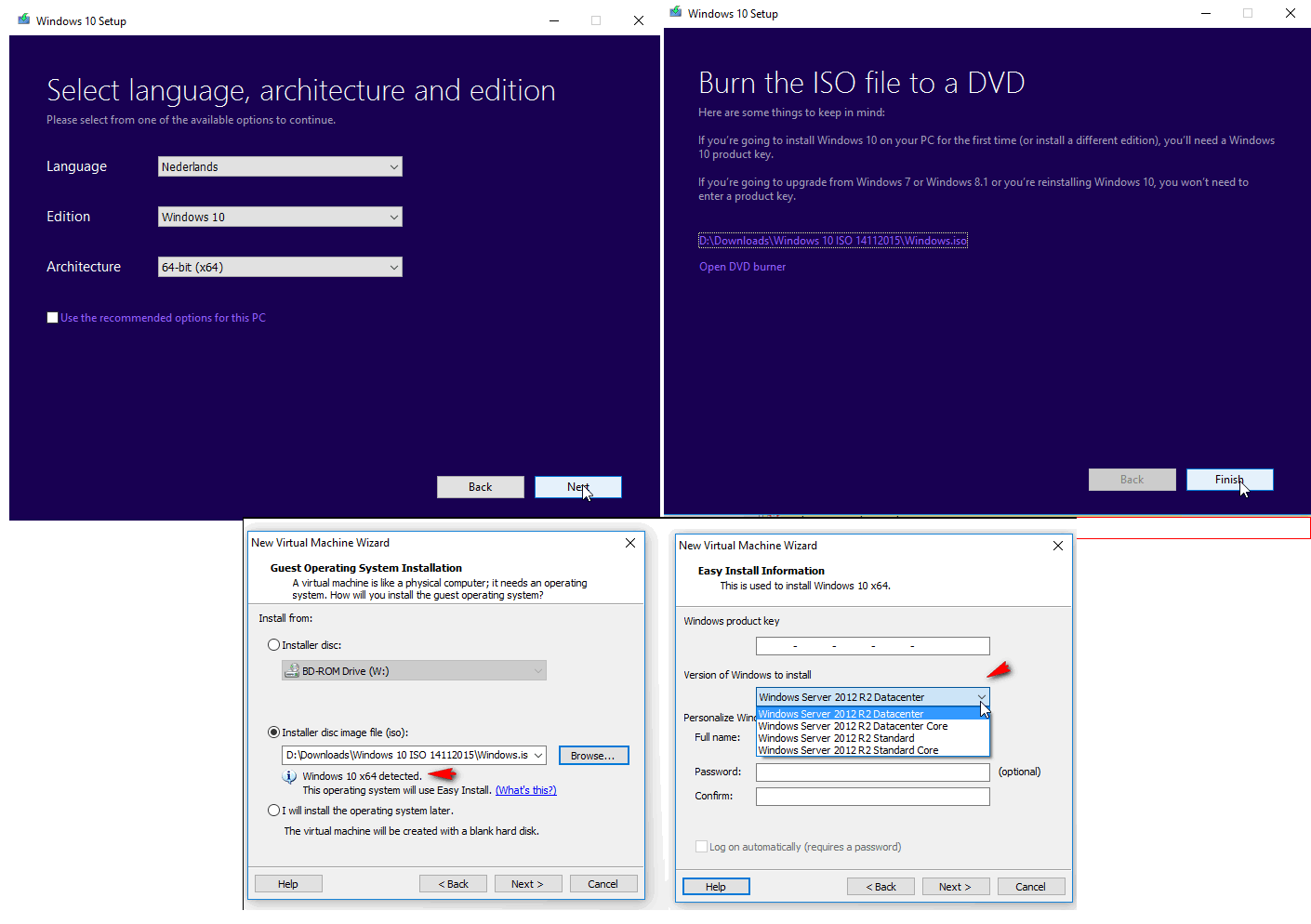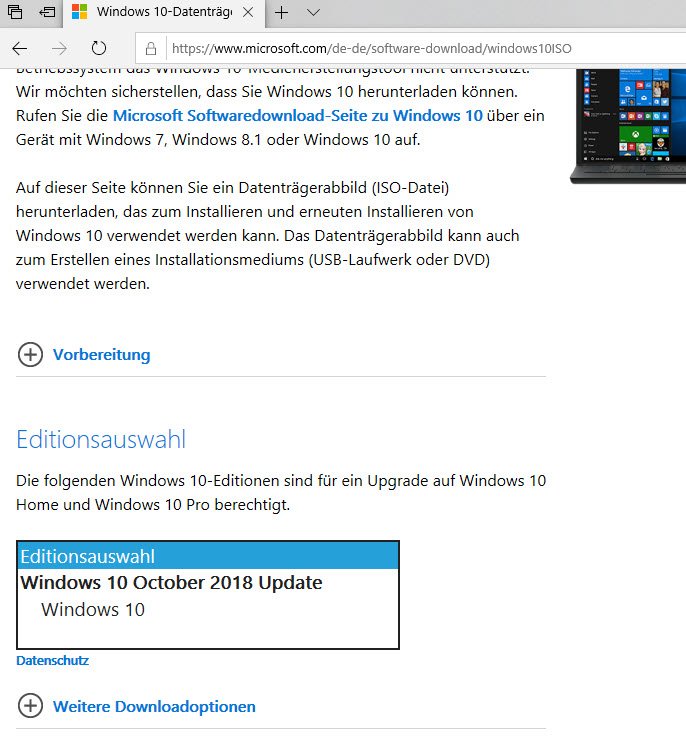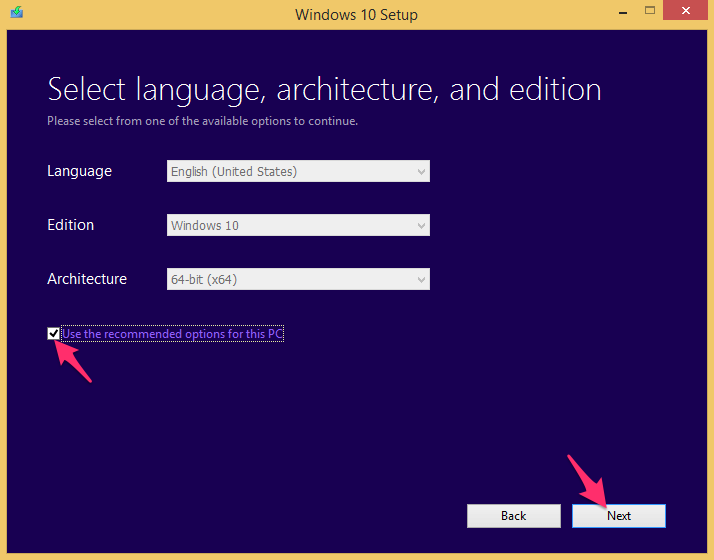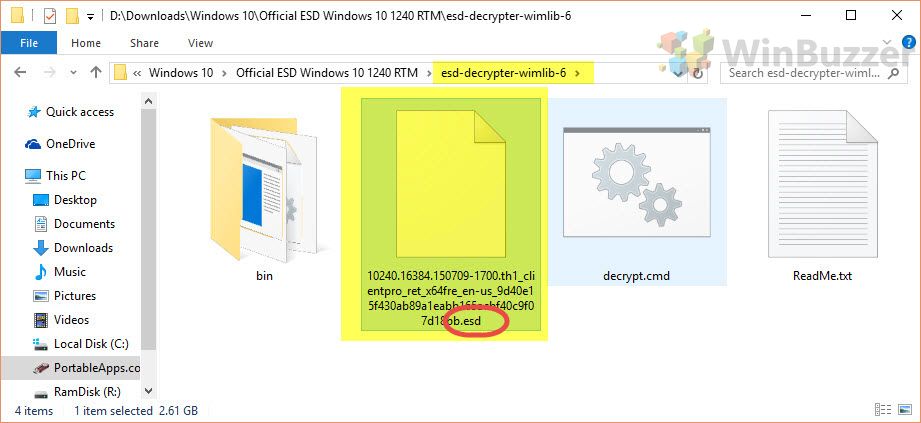If you want to do a new installation of Windows 10 then you can download the Windows 10 Windows Media Creation tool. This will automatically download Windows and create a bootable media like USB or DVD for you. The media creation tool acts as a Windows 10 download tool plus a bootable USB builder.
You can perform a clean install as well as upgrade your current installation. Before you can begin your install, you need to get a Windows 11 ISO file. Sometimes you want may want to do a clean installation of Windows 10 on your PC. Reasons you might want to do it is if you just bought a PC and it contains a lot of bloatware from the manufacturer and you want to start fresh. Or you might have a computer with an older version of Windows on it. Whatever the reason you want to perform a clean install you'll need the ISO image.
Then you can make a Windows 10 bootable USB drive or DVD or install it on a virtual machine. Here's how to download it from Microsoft. You can easily access any version of Windows 10 from this Microsoft download link. The problem with this link is that if you open the link on a Windows 10 PC, it will automatically detect and force the user to download the media creation tool first. The media creation tool can download the ISO but it is not a very pleasant experience.
If you want to use a download manager, then you will need the direct download links. As far as "mixing things up," yeh, sure, maybe so. The bottom line is it is a hairline distinction that makes a minimal amount of difference in the small environment I work in. Here, virtually all software and settings are pushed out through GPO. Whether I install an OS through MDT or by hand , each computer gets an individual product key, and all software and settings get applied through GPO.
The only difference is, MDT lets me install Windows updates a bit faster. Outside of that, the way I use MDT is virtually no different from using a retail disc. I do not capture images, I do not alter images outside of slip streaming updates. What I am deploying through MDT is a retail copy, not an altered "golden image" that includes software, drivers, and whatever else.
As slowly as we update computers, I normally have to use an all new set of drivers as each computer has a slightly different hardware setup. Get Windows 10 ISO and install it on your computer, this is a dedicated article for building an up-to-date Windows 10 ISO file on your computer. We've listed hassle-free methods to get Windows 10 ISO files for 32-bit or 64-bit machines. Before starting, you might want to figure out your system's architecture and if you have the minimum space required to install windows 10. Users with modern computers get major updates early than everyone. Use the following links and tips to get the ISO file of the latest Windows 10 version create a bootable USB and install it on a computer.
Once downloaded, this ISO download tool makes it easy to turn any USB key into a bootable Windows 10 installer and allows you to download the Windows 10 ISO file for future use. A terms-of-use screen will pop up, and you'll need to then click Accept. You must then confirm whether you want to upgrade your current PC or create installation media for another PC. Microsoft is now allowing users to easily upgrade their computers with a tool named "Medial Creation Tool".
This tool allows you to upgrade your PC or create installation media to install other PCs as well. Besides that, it also allows users to download the latest Windows 10 version as an ISO file. In the Install Windows screen, personalize your language, time, and keyboard preferences, select Next, and click Install Windows.
Usually, you have to rely on a professional and powerful tool to create a system ISO. Such tools can pick up everything needed to build an image file from your computer and make sure the created ISO image is bootable. Below will take MiniTool ShadowMaker for example to show you how to make a bootable iso of existing windows installation.
For that, you'll need an empty USB Flash drive that's at least 8GB. The Windows 10 setup comes in the form of an ISO file. An ISO is a single file containing all Windows 10 installation media.
The ISO file can be burned on a USB drive or a DVD drive to make the drive bootable. You can also extract the contents of the ISO file and install Windows from extracted files. But this limits your ability to clean install the Operating System. You will only be able to install the OS without formatting the primary C drive.
In the "Windows 10 Setup" window, choose Upgrade this PC now if you want to upgrade Windows 7 or Windows 8.1 to Windows 10, and hit Next. To get Windows 10 ISO images, or to create a Windows 10 DVD disc or USB flash drive, choose Create installation media for another PC, and hit Next. The ISO file is becoming a common file format for storing different kinds of installation media rather than a physical disc.
It's easy to share, burn to a physical disc, or make bootable media. The Windows 10 ISO file allows you to upgrade all your PCs without having to individually download updates on every PCs you have. There are a number of uses for a Windows ISO file.
If you own a Mac, you can use it to install Windows 10 or set up Windows 10 in a virtual machine application. Either way, you'll need a Windows 10 ISO file. However, just having the free Windows 10 ISO file is not a free Windows license. Mac users, custom PC builders, and anyone installing on a virtual machine will need a Windows product key to legally install Windows 10. Of course, you could download the Media Creation Tool to perform an in-place upgrade that doesn't require to create a bootable media or using the Update Assistant.
This tool makes it easy to turn any USB key into a bootable Windows 10 installer and allows you to download the Windows 10 ISO file for future use. Then confirm whether you want to upgrade your current PC or create installation media for another PC. Go to the VirtualBox website, and download the latest version of Oracle's free, open source software. Go through the installation process, and then launch the application. Press the "New" button, and name your virtual machine. I have done the clean install using the Windows download tool and a usb flash drive.
The setup takes a couple of seconds to start and asks you to enter the product key for Windows 10. If you are reinstalling Windows 10, click or tap that you do not have a product key, and your copy is automatically activated later. You can also clean install Windows 10 without providing the key if you click or tap on "I don't have a product key." The free ISO file isn't a free Windows license. It's just helps to install Windows 10 more conveniently. Mac users, custom PC builders, and anyone installing on a virtual machine will need a product key to install Windows 10 legally.
Another option for installing a program from an ISO file is to simply burn the file to a CD or DVD, or copy it to a USB drive and install it from there. This is a useful method if you wish to store the program on a disc that you can install in any version of Windows. You would also do this to install Windows from an ISO file onto a clean machine. Windows 10 version 21H1 update was releasedon May 18 and it's rolling out in phases, which means only some are seeing it when they check for updates manually.
However, users can download ISOs of Windows 10 May 2021 Update to update their devices immediately or perform a clean install. It's just a more convenient way to install Windows 10. On the next screen, if you're looking to install Windows on your PC, select the ISO File option.
Doing so will save a file that you can click later to upgrade your PC to Windows 10. For most people, the ISO file is the safest method. After selecting ISO File, click Next, and select where to save the ISO file. Once the download is complete, you will have the ISO file on your computer's hard drive. Once you create a bootable Windows 10 USB drive or Windows 10 DVD, you can use it to perform a clean install of Windows 10.
A clean install is when you completely reformat a PC and reinstall Windows 10, so you have a clean installation of the operating system without any additional software or drivers. No product key is required to download the Windows 10 ISO images, or to create DVD or USB media trough the Media Creation Tool. However, a valid Windows product key is required when directly installing Windows 10 for the first time on a device. Next, you need to create a virtual drive. Microsoft says that 16GB is the minimum space needed for the 32-bit version, but 20GB is required for the 64-bit version.
I decided on a 50GB virtual drive on my desktop, but feel free to make it as large as you need. Just be sure that you have enough space on your actual hard drive to handle the size of your virtual drive. Depending on what you intend to do with the OS, you may want to allocate more or less storage. Applications installed to a VM should be assumed to require the same amount of "real" storage that their standard installations would. To download the image file, you'll need to go to Microsoft's website.
From there, under the "Create Windows 10 Installation Media" section click the "Download tool now" button. That will download the media creation tool. There may be times when you need the Windows 10 ISO file to do a clean install or setup a virtual machine.
Boot your computer or virtual machine using the installation disc, USB flash drive, or the ISO file with the Windows 10 installation. In a couple of seconds, you see a quick message on the screen stating that you need to press any key to continue. Do what the message says, and the Windows 10 logo is shown while the installation wizard is loaded. The file is exactly 4.1 GB and failed at the 4.0 GB mark. Return to File Explorer and right-click the ISO file again. The Mount command should now appear in the menu.
Running the Mount command opens a virtual drive that's visible in the File Explorer sidebar, from which you can install the software. On that virtual drive, you should find a setup.exe file or a similar file for installing the program. Most versions of Windows OS have built-in features that allow you to operate the ISO file with ease. Firstly, you need to open or mount the file, and then you're free to decide what to do with it. There are a couple of options up for consideration.
You can either burn the contents to a portable disc or create a bootable version from your USB or DVD drive. The HP Recovery Manager program is part of the original hard drive image on HP computers released before 2018. It can be used to recover the operating system from files stored in a partition on the hard drive without needing recovery media. It can also be used to create a personalized recovery disc or USB drive for a specific computer. An ISO image is a sector-by-sector copy of the Windows DVD stored as a single '.iso' file on your computer. You can then burn this ISO file onto another DVD, create a bootable USB drive,mount it as a drive letter in Windows, or extract its files using7-Zip.
This article provides two ways you can download the latest Windows 10 ISO images from Microsoft. Let us tell you that the company has to bear a lot of expenses in making and upgrading any software. Microsoft has also spent a lot of money in making Windows 11 iso files. To cover this cost, you may have to pay some charges for updating 32 bit and 64 bit Windows 11 on your PC or laptop.
According to Windows 11 iso file leaked news, users using Microsoft company Win 7, 8, 10 will be able to download Windows and 64-bit full versions to their PC or laptop. You can also access the Windows Disc Image Burner by right-clicking on the created Windows ISO file in its saved location and select Burn disc image. If you cannot see the option, you should first go to the ISO file Properties, and change the Open with app of the ISO file to Windows Explorer in the General tab. You need to click Apply to save the changes. Actually, MiniTool ShadowMaker is more a data backup app than a bootable media creator. If you wish to clean install Windows 10 on your computer, burn the Windows 10 ISO using the Windows 10 Media Creation Tool to create an Installation media.
Make sure your BIOS settings allow you to boot from a USB. When you are going to install windows 10 setup on your desktop or laptop it takes 20 GB Space. Next you will get a two option you either wanted to upgrade the PC or create installation media. Of-course I am not going to upgrade my PC so I choose Create installation media and click on Next. Otherwise, if you want to create a USB Flash Drive, select the "USB Flash Drive" option. With this option, choose your USB drive and download Windows 10 to it.
Another option that gives you the ability to burn the ISO to a disc or copy it to a USB is the Windows USB/DVD Download Tool, a free Microsoft utility. This tool copies the contents of the ISO file to a CD, DVD, or USB drive so you can then install the program from the disc or USB drive, which becomes bootable. The Go Back feature, which allows you to reinstall a previous version of Windows, is available for 10 days after upgrading to Windows 10 .
The Windows installation files occupy a large amount of hard drive storage space during that time. The files are deleted automatically after 10 days. However, you can delete them manually if you want to free up storage space before then. The article also contains an installation guide using the latest Windows 10 ISO file. There are two different use of an ISO file, you can update to latest Windows 10 using the ISO file or you can clean install Windows 10 in a new system.



